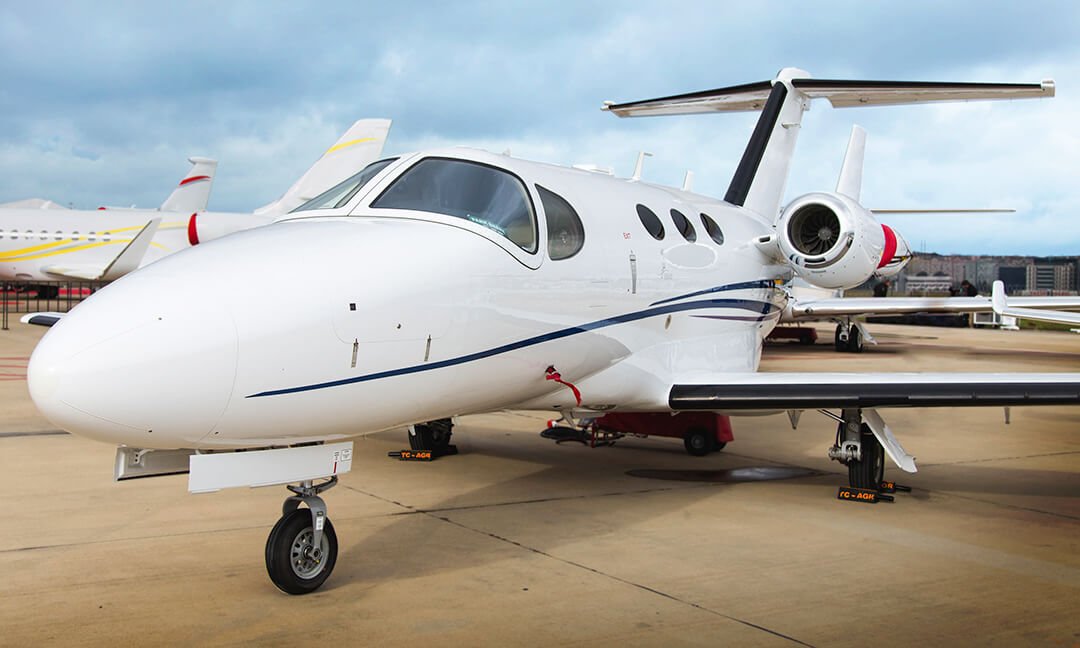Dissatisfaction with the quality of treatment, communication problems due to language barriers and being far away from family and friends can make patients from abroad feel uncomfortable when receiving treatment in an Italian hospital. This often leads the patient to request a medical repatriation in order to continue treatment in their home country.
Fundamentally, this is almost always possible, but the exact way it is done depends on the individual case.

Will the insurance company cover the costs?
The normal healthcare systems in most countries are generally not responsible for medical repatriations and therefore do not cover the costs. Instead, in many countries it is possible to get special international health insurance, which increases the chance of the acceptance of costs. For each medical repatriation, the insurer will check whether it is ‘medically reasonable’ or ‘medically necessary’.
The repatriation is deemed to be medically necessary if the patient’s condition cannot be adequately treated in the country they are staying in. In such cases, almost all international health insurance providers will take over the costs of a medical repatriation. However, given the medical situation in Italy, this rarely happens.
Significantly fewer health insurance policies also cover medical repatriations that are ‘only’ medically reasonable. In this case, local treatment is generally possible, but better outcomes can be expected in the patient's home country. This situation is quite common, especially if the patient is staying in the poorer regions of Italy. If the insurance company does not cover the cost, a privately organised medical repatriation from Italy is also possible.
Transport for medical repatriations from Italy
Although, the means of transport for a medical repatriation from Italy is always chosen in the light of the patient’s specific situation, our experience shows that most repatriations are carried out by air ambulance. Ambulance aircraft have similar equipment and conditions on board to those in a modern intensive care unit, and a flight doctor travels with the patient to provide care throughout the flight. In this way, even intensive care patients can be flown home quickly and safely – often the same day or the next day.
Patient transfers on board scheduled aircraft are much less common. If the patient is able to sit upright and there is no acute situation, a medically accompanied scheduled flight with a lead time of 1–2 days is possible. However, the condition is that the airline has to approve the flight. The installation of a patient bed (to transport the patient lying down) is theoretically also possible, but there is not usually enough time to convert the cabin space to accommodate this, especially for short-haul flights. Therefore, this mode of transport is only suitable for long-haul flights.
Whether a ground ambulance can be used for the medical repatriation depends heavily on the distance to be travelled. Very long journeys by road cannot usually be justified from a medical point of view. Transporting the patient by helicopter is usually also out of the question due to the short range of most rescue helicopters. However, both means of transport are often used to bring patients from the hospital to the ambulance aircraft and vice versa.
Find out more
As a specialist firm providing privately organised ambulance flights and medical repatriations, we have compiled plenty of useful information on this topic on our website. In particular, we recommend our FAQ, where we answer your questions about the organisation and process of a medical repatriation.
Get in touch now